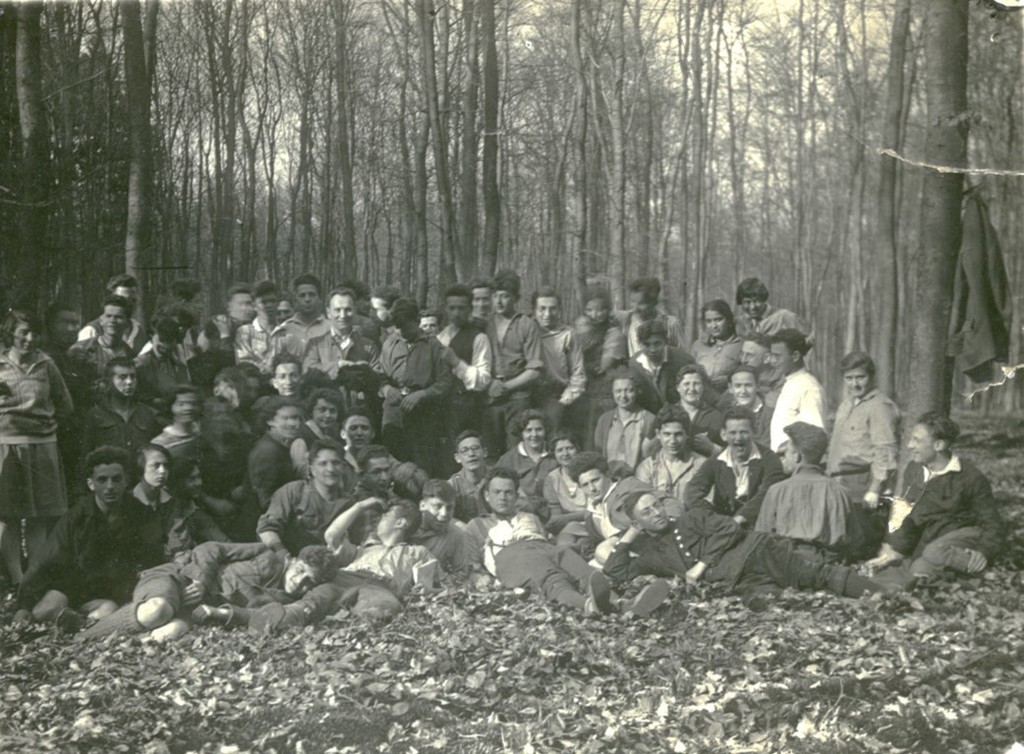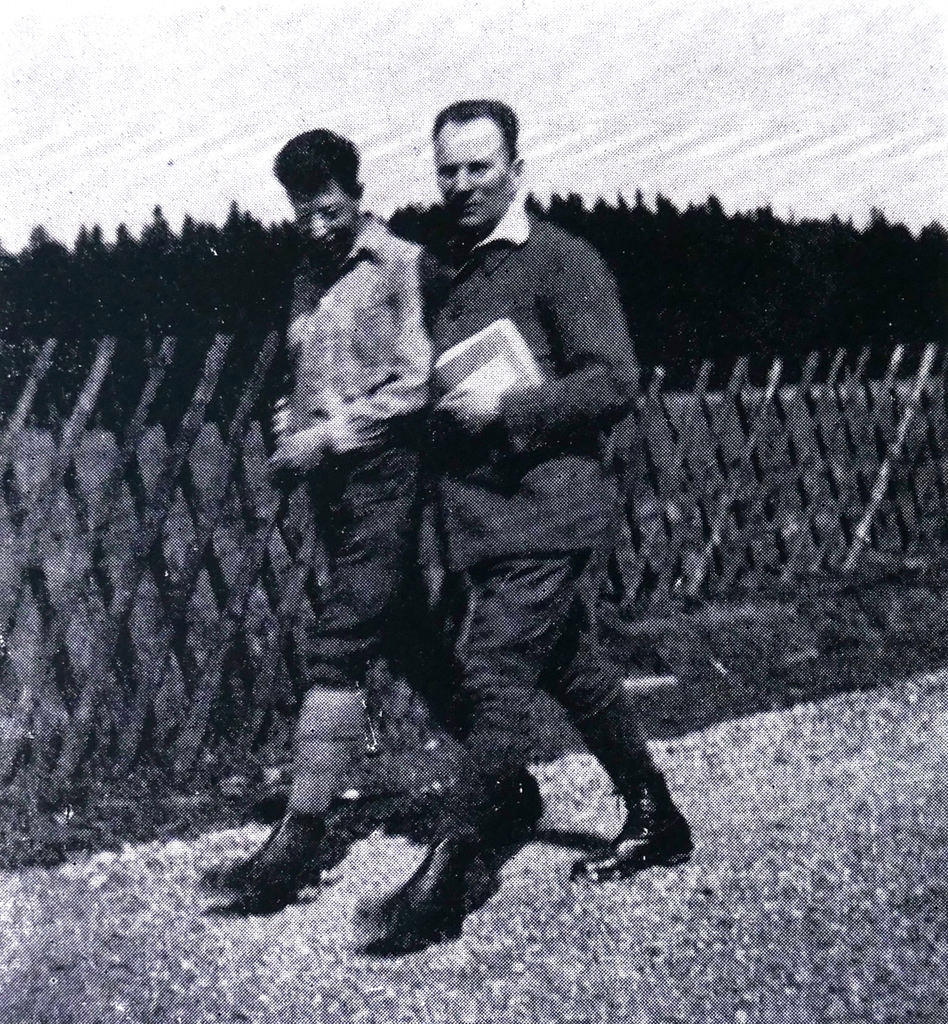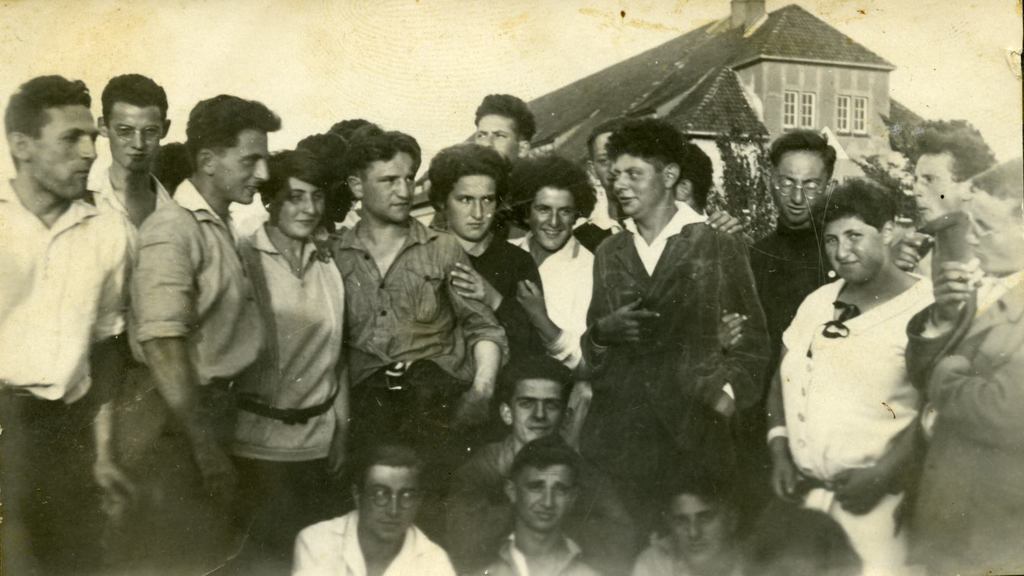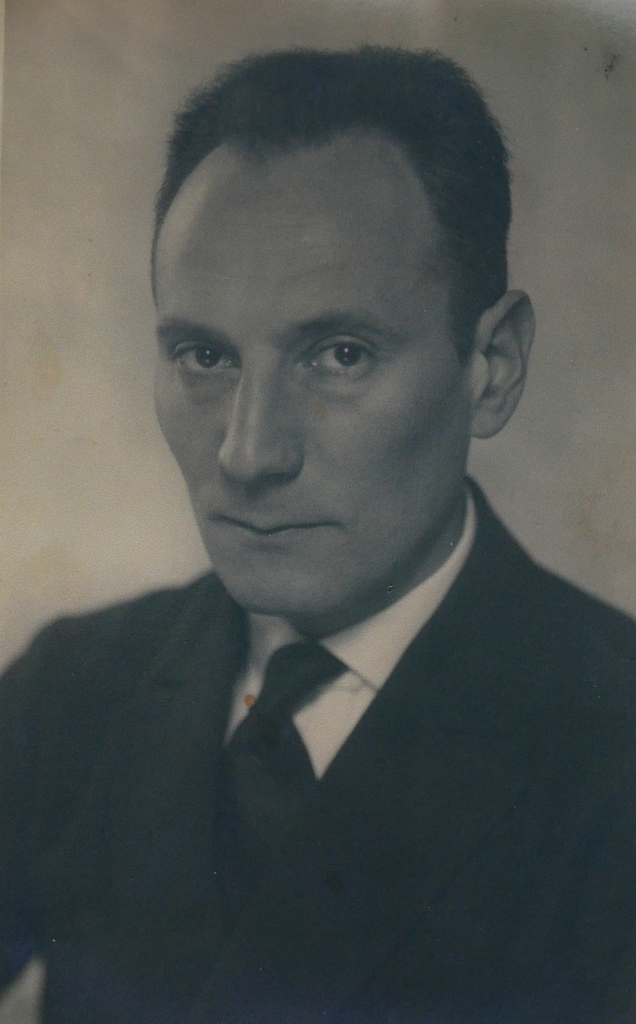- Type of Hakhshara
- regular Hakhshara
- Founded
- circa 1926
- Closed
- 1930
- Operating Area
- various changing farms (no central buildings)
- Areas of Training Offered
-
agriculture, animal husbandrylivestock farming (cattle, pigs, sheep, goats); arable farming (grain, potatoes, beets); sheep farming
- Description
-
A HeHalutz “farming center” with up to 100 halutzim had existed in the villages around Hamelin already since 1924/25. Only after the ban on Aliyah significantly reduced the number of halutzim was there a concentration on the southwest area around the town of Aerzen. At the same time, the kibbutz Herut was established as a small but active group.
In the years 1926 to 1930 young people from socialist Jewish youth groups, including many with an Eastern European background, lived and worked on individual farms in villages southwest of Hamelin – in Aerzen, Lügde, Griessem and Holzhausen. They named their group kibbutz Herut. There was a branch in Wolfenbüttel, where gardeners were trained. Kibbutz Herut, which had been founded by members of the socialist Brit Haolim and the Young Jewish Hiking Association (Jung-Jüdischer Wanderbund), existed for a total of five years. At the time of its founding in 1926, events took place which ruined all plans of making Aliyah in the near future. Starting in the fall of 1925, the economic situation in Palestine worsened dramatically. As a reaction to this, the British Mandate authorities together with the Zionist organization curbed the number of immigration certificates, ultimately instating a complete ban on Aliyah in 1927. A sense of depression spread through the German Hakhshara centers. At the same time, after the inflation had been overcome, years of economic and cultural prosperity—the so-called “Golden Twenties”—were beginning in Germany, so there didn’t seem to be a reason to leave.
The Aliyah crisis also overshadowed the first efforts of the kibbutz. Of the 90 members in the summer of 1926, by the beginning of 1927, only 15 hawerim remained. This put the kibbutz into a difficult financial situation. Starting in the summer of 1927, the kibbutz then had an average of around 35 young people, who, because they had been working for some time already, were highly valued by the farmers and paid well.
The founder, organizer and driving force of kibbutz Herut was Hermann Gradnauer, who ran a dental practice in Hamelin and had previously spent two years in kibbutz Ein Harod in Palestine with his family.
For the most part, the young people lived and worked individually, although there were also some small groups on farms that were sometimes far apart. Besides the hard work which filled the days, communal life was the defining element. For many, this was the deciding factor in becoming a member of Herut instead of going to a Hakhshara individually. At the same time, the time that could be spent together as a group was more than limited. Regular get-togethers only took place on the free Sundays and sometimes on a weekday evening. Nevertheless, the young people consciously spoke of their group with great pride as a kibbutz, in anticipation of the communal life they wanted to lead in Palestine.
Although they obviously were not able to realize essential features of a kibbutz such as communal living and communal work, they were all the more proud of individual components such as collective finances in a group account, learning Hebrew and the pegisha (gathering) every Sunday.
The members had to hand over their wages, which varied greatly in amount. Possession of private money was forbidden. The allowance was the same amount for everyone and was very small. It was not enough for those who needed to buy clothes from it. The kibbutz then established a second-hand clothing swap. From their group account, the kibbutz paid for a Hebrew teacher and supported hawerim who had lost their jobs during the winter. The rest of the money was being saved for emigration. The main purpose of the group account was to let the hawerim get used to carefully managing communal property and teach them discipline. More than a few members felt that the group account was a severe restriction.
Hermann Gradnauer placed great importance on language learning, as he considered it to be an essential prerequisite for being able to participate in the building of a Jewish community in Palestine. The teachers came from Palestine. The first teacher (tarbutnik) on the kibbutz was Mosche Brachmann. During the day he was looking for new jobs and in the evening he had to teach in one of the villages.
The cultural events were mainly to improve the young people’s knowledge, particularly about the Zionist movement and the land of Palestine. Since there was basically no work in the fields in the winter, the focus on culture was intensified at this time. The highlights were the personal reports from the so-called shlichim (emissaries or messengers), who had been sent to Germany by HeHalutz, the international umbrella organization of pioneers in Palestine. They shared their experiences and provided information about the land, the Histadrut and the beginnings of the kibbutz movement in Palestine. They came from the socialist-leaning kibbutz movement HaMeuhad and the kibbutz Ein Harod. Hermann Gradnauer himself presented a series of lectures, including one tellingly entitled “Egocentric and social drives in people”.
The members of the kibbutz met every other Sunday in small groups and on the Sunday in between for a mandatory pegisha for everyone. It was difficult to find a suitable place for the meeting at first. Restaurants were a problem because the hawerim would not eat anything and did not drink any alcohol. Only when the Jugendburg (a castle that had been converted to an educational facility for young people) Oberweser above Aerzen became available did they have a suitable location.
Every pegisha included eating together, sports and games during the lunch break as well and singing and reading aloud toward the end. For Hermann Gradnauer the sichot (discussions) were the “most important from a pedagogical point of view”. These dealt mainly with recent events and mistakes that individual hawerim had made in dealing with the group. According to Gradnauer, these were not intended to be accusations against a certain individual, but rather were to teach what was harmful to the chevra (society) and what would help facilitate its development. The “people’s court”, which each individual member was brought before, was intended to make the hawerim able to work well in a group. In practice, these discussions were very “open and harsh”. It is not surprising that the public and inquisitorial questioning and judging of each individual member was polarizing, personally offending some members and making others feel defensive, provoking them to protest.
There were also difficult, long, drawn-out discussions about who was considered to be “ready” to make Aliyah. Knowledge of Hebrew was probably the only more or less objective criterion for the decision. Some members had to wait four years to make Aliyah. This deferral could lead to significant mental health damage.
After the British administration in Palestine had lifted the immigration ban and it was once again possible to enter the country with a worker’s certificate, a first group of 25 hawerim left for Palestine in November 1928. The second group followed just four months later. The resulting loss of experienced workers presented the organization with considerable difficulties. Jobs had to be found for the new members, who also needed to be trained. With the third group of emigrants in 1930 came the end of kibbutz Herut.
The vast majority of Herut remained together as a group in Palestine. Together with two Eastern European groups from Volhynia and Lithuania, the newcomers built a kibbutz near the small town of Rehovot, which they named Givat Brenner in honor of the writer Josef Chaim Brenner, who had been murdered in 1921. Herut can therefore claim to be the first large group from Germany that stayed together permanently in Palestine. With 2,703 members in 2018, the kibbutz, located south of Tel Aviv, has the most members of any kibbutz in Israel.

© Archiv Givat Brenner

© Sammlung Gelderblom, Hameln

© Sammlung Gelderblom, Hameln

© Archiv Givat Brenner

© Sammlung Gelderblom, Hameln
- Related Organizations
-
Brit Haolim (founder)
- Related Persons
-
Brachmann, Moshe Shilo (associated)Fass, Alice (director)Gradnauer, Hermann (director)Orbach, Wolfgang (associated)Oscherowitsch, Alexander (director)van der Walde, Albrecht (director)
- Sources and Notes
-
Archiv des Kibbuz Givat Brenner, Israel.
Archiv der Jüdischen Jugendbewegung, TU Braunschweig.
Sammlung Gelderblom, Hameln, Sammlung Kibbuz Cherut.
Cheruth. Sammelschrift der Jüdischen Jugendgemeinschaft Habonim Noar Chaluzi, hrsg. von der Bundesleitung, Berlin 1937. - Literature
-
Werner Fölling; Wolfgang Melzer: Kibbutz Cheruth – Hameln. Biographische Interviews mit Palästina-Pionieren, vol. 1 u. 2. Kibbutz Givat Brenner 1988.
Werner Fölling; Wolfgang Melzer: Gelebte Jugendträume. Jugendbewegung und Kibbutz. Witzenhausen [Stuttgart] 1989.
Bernhard Gelderblom: „Ich kann schon nicht mehr die Zeit der Alijah erwarten“. Der Kibbuz Cherut in den Dörfern um Hameln 1926–1930, in: Ulrike Pilarczyk; Arne Homann; Ofer Ashkenazi (eds.), Hachschara und Jugend-Alija. Wege jüdischer Jugend nach Palästina 1918-1941, Steinhorster Beiträge zur Geschichte von Schule, Kindheit und Jugend. Gifhorn 2020. pp. 83–105.
Arie Goral-Sternheim: Jeckepotz. Eine deutsch-jüdische Jugend 1914–1933. Hamburg: LIT Verlag 1996.
Beate Klostermann; Ulrike Pilarczyk: Das jüdische Auswanderungsprojekt ‚Kibbuz Cherut‘ bei Hameln 1925–1930, in: Medaon 12 (22) (2018). pp. 1–13. online: <https://www.medaon.de/de/artikel/das-juedische-auswanderungsprojekt-kibbuz-cherut-bei-hameln-1925-1930/>
Ulrich Linse: Kibbuz Cheruth, in: Ulrich Linse (ed.), Zurück, o Mensch, zur Mutter Erde. Landkommunen in Deutschland 1890 - 1933, dtv-dokumente. München: Deutscher Taschenbuch Verlag 1983. pp. 293–359.
Arie Goral: Martin Buber und der Kibbuz Cherut, in: Cheschbon (1980). pp. 23–29.
Recommended Citation
Bernhard Gelderblom, Kibbutz Herut, in: Hakhshara as a Place of Remembrance, June 23, 2023. <https://hachschara.juedische-geschichte-online.net/en/site/30> [December 26, 2025].